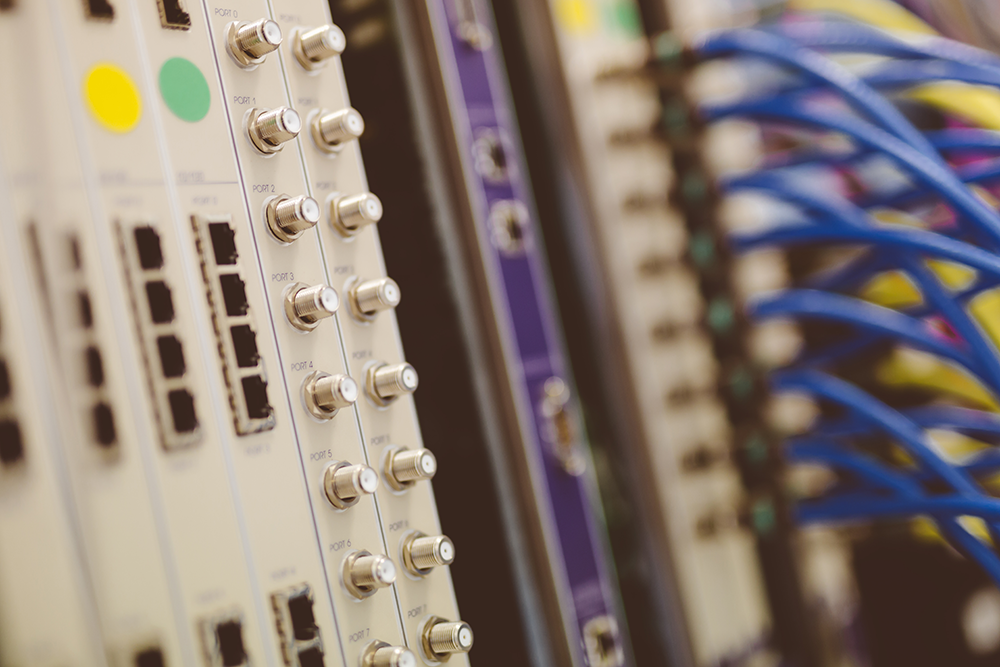Telecommunication networks are an essential part of the day-to-day running of businesses and provide essential public services around the world. However, over the last decade, concerns have been raised over the security of these networks and their ability to operate with disruption. This article looks at the main threats to telecommunication networks and the strategies that are in place to tackle these issues.
Businesses, government agencies, health care and social interactivity of entire nations rely on core telecommunications services such as telephones and internet facilities which are delivered by network providers. There are a number of natural, non-deliberate and malicious threats posed to various areas of a telecommunication network, including fixed-line, mobile, undersea and satellites.
What are the main threats to telecommunication networks?
Malicious Attacks
Malicious attacks on telecommunication networks include theft of network equipment, vandalism, espionage or terrorism.
Cable Theft – Copper cabling is often stolen from non-secure parts of a network as it is seen as a high-value, easy target for thieves. As the cabling links are not normally secured, they are often easy to access and remove. According to an Openreach report, metal theft from across all sectors costs the UK economy alone £770 million per year.
Cable Damage – An undersea cable network includes multiple cables which are routed through one geographic point. The deliberate targeting of these sections of the network would cause damage to cabling, potentially leading to service outages. Malicious attacks on undersea cables are rare, but it is possible for submarines or ships to intentionally drag their anchors along the sea floor in an attempt to damage cable links.
Signal Jamming – It is possible to disrupt mobile and satellite signals with jammers that transmit radio signals to interfere with them. Devices range from handheld jammers which can reach tens of meters, up to industrial-scale tools that can disrupt signals at up to 750m away.
Non-Deliberate Threats
System Failure – Hardware and software failures are common in telecommunication networks. Poor planning that results in telecommunications products not being maintained and that replacement parts aren’t readily available can be seen as a threat to critical telecom infrastructure.
Power Failure – Power supply to networks is vital for smooth operation. If power supply systems are not backed up and fail-safes are not put in place in case of a power outage, entire sections of networks can drop out.
Accidental Cable Damage – As described above, cable damage can cause significant disruption to networks, but it may be that the damage caused is accidental. Operators need to ensure that even when cabling is secure, the possibility of accidental damage is limited as much as possible.
Natural Hazards
Poor Weather – Bad weather such as flooding, winds and hot or cold weather can cause disruption to telecommunication systems. Operators need to ensure that everything is done to ensure that their infrastructure is protected as much as possible.
Cyber Threats
A lot of personal data is stored within telecommunication company databases, which has made them a target for cybercrime, particularly over the last decade.
Several cyber threats to telecommunication infrastructure could not only leave data vulnerable but also potentially cause networks to fail altogether.
Device compromise – Devices used across various areas of a telecommunications network (such as routers) are vulnerable to cyber-attacks. Hackers can launch attacks, often anonymously, to access services. An example of device vulnerability would be within the supply chain (something that has recently made headlines around the world when various governments raised concerns over the security of Huawei telecommunication products).
Man-in-the-middle Attacks – Communications between two parties may be vulnerable to interception by a third party. The information could be recorded, collected and even altered by an attacker.
Legacy Protocols – If products within a telecom network are still running legacy software that was not designed to withstand any or all of the above, then the equipment will be vulnerable to more modern, sophisticated technology.
How to protect against security threats within a telecommunications network
To limit the damage caused to telecommunication networks by flaws in security, operators can do a number of things:
- Maximise the strength of physical network protection (secure property, reinforce cabling etc)
- Join telecom security schemes designed to audit and monitor security threats and advise accordingly
- Carefully consider the locations of network equipment and factor in weather risks when planning and deploying infrastructure (e.g. In regards to weather check flooding risks)
- Keep stocks of spare parts available across the network to guarantee downtime is kept to a minimum when security flaws occur.
Contact Carritech today and let us help you achieve a high-performing, reliable, and secure network through our Services d'assistance réseau.

